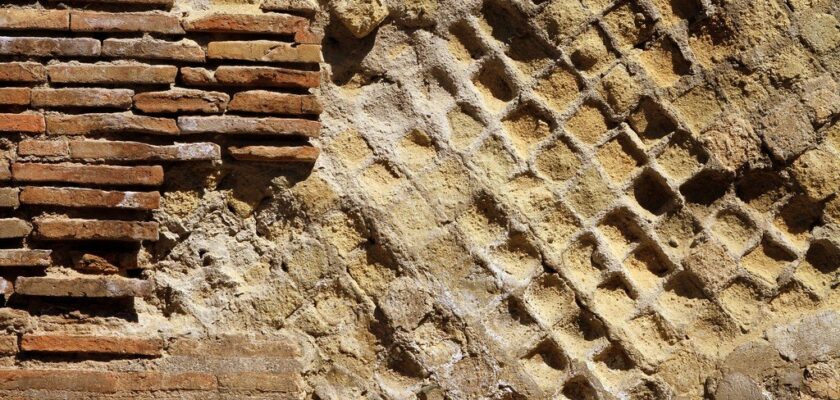The ancient city of Herculaneum (Ercolano)
In 1719 they were digging an ordinary well and made a sensational discovery: under a meter layer of stones they found the ruins of a magnificent theater.
Herculaneum was an ancient Roman resort destroyed by the eruption of Vesuvius in 79, as was the nearby city of Pompeii. To date, archaeologists have explored only a quarter of the city, but even this is enough to amaze the most sophisticated tourist. Herculaneum is a UNESCO World Heritage Site.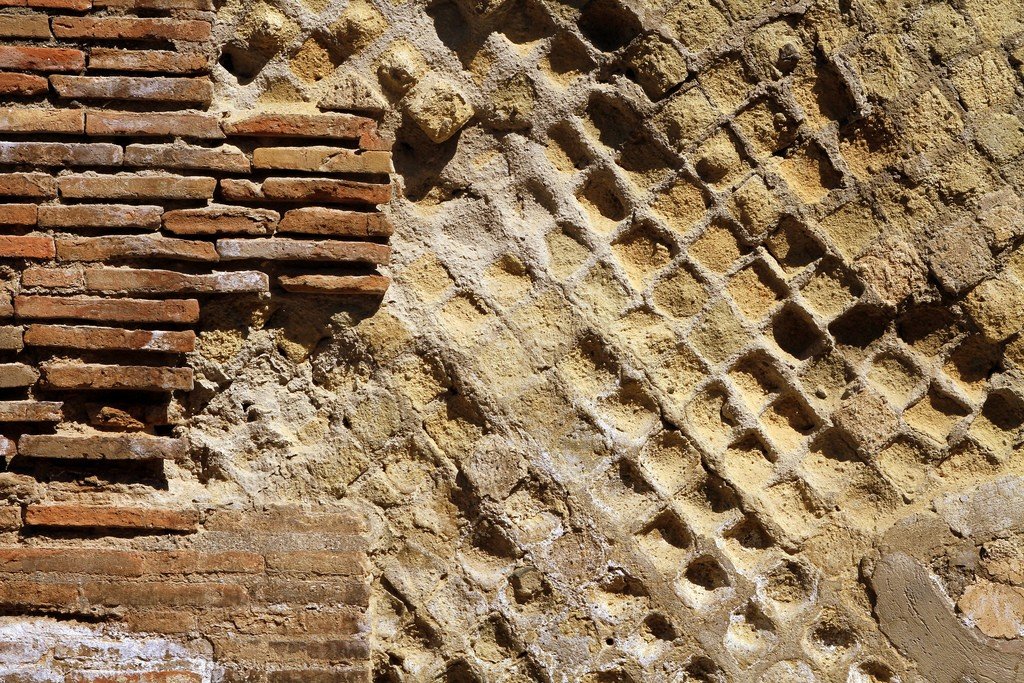
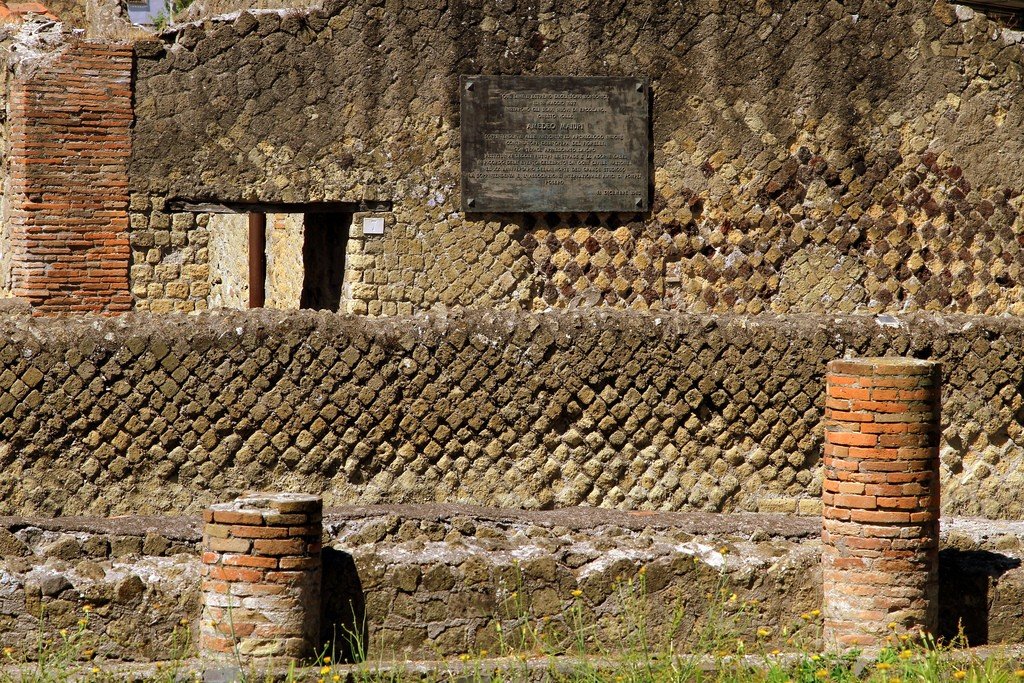
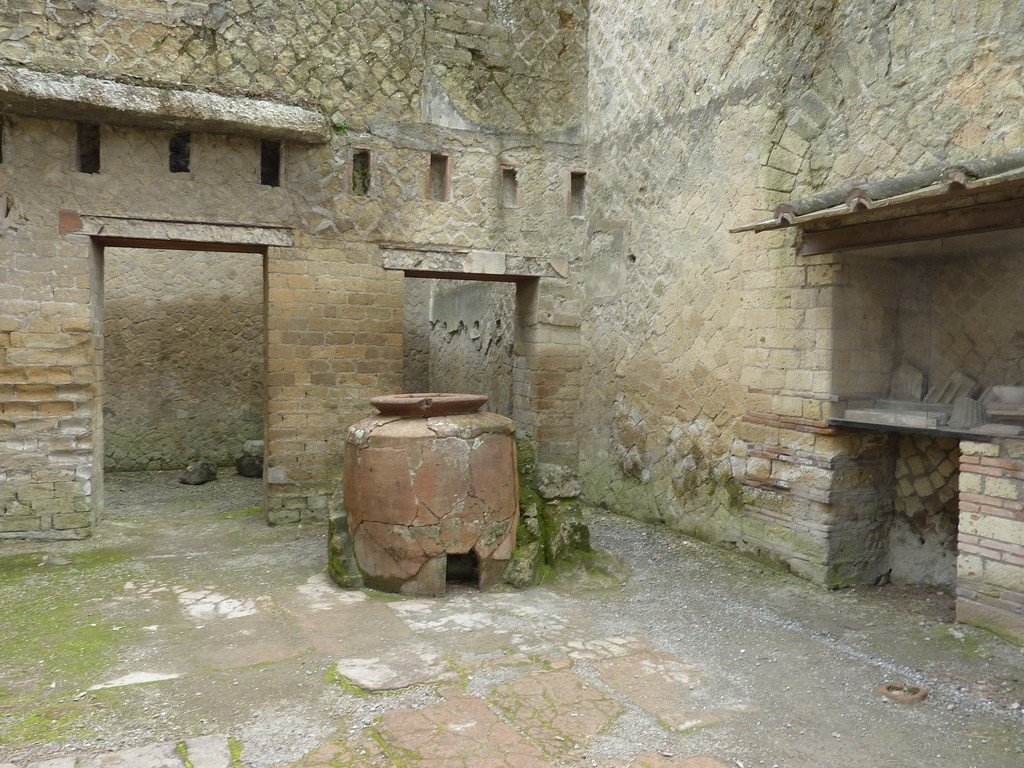
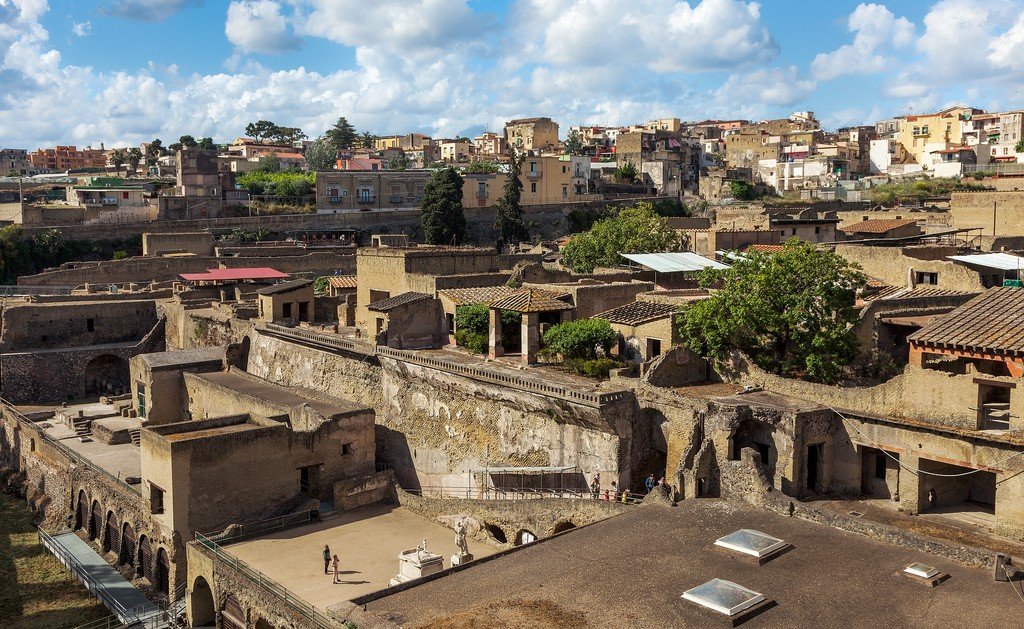
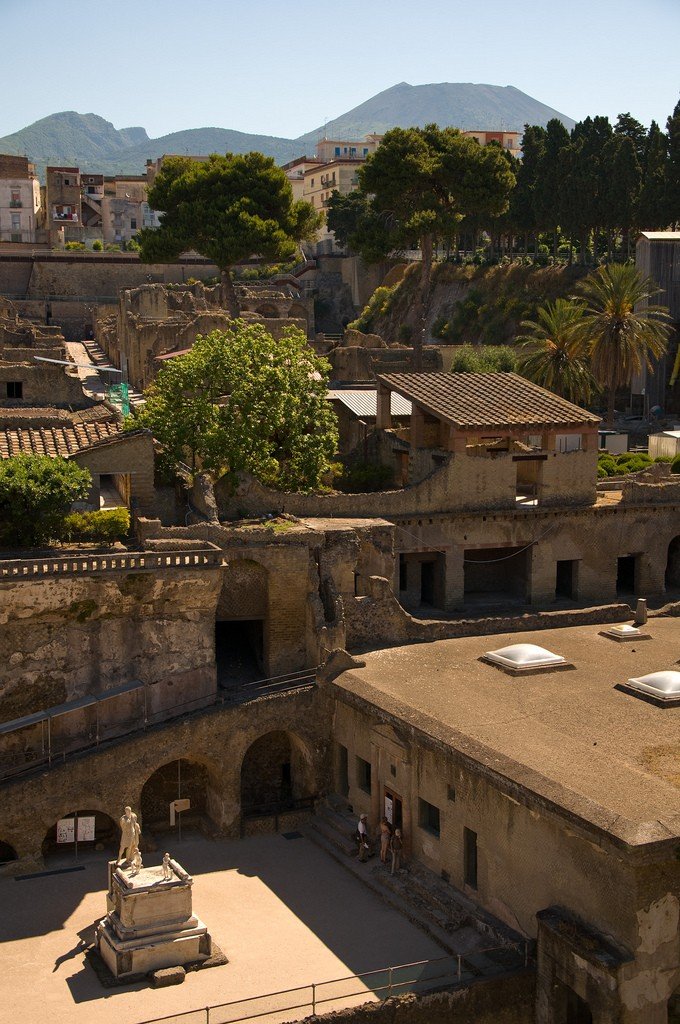
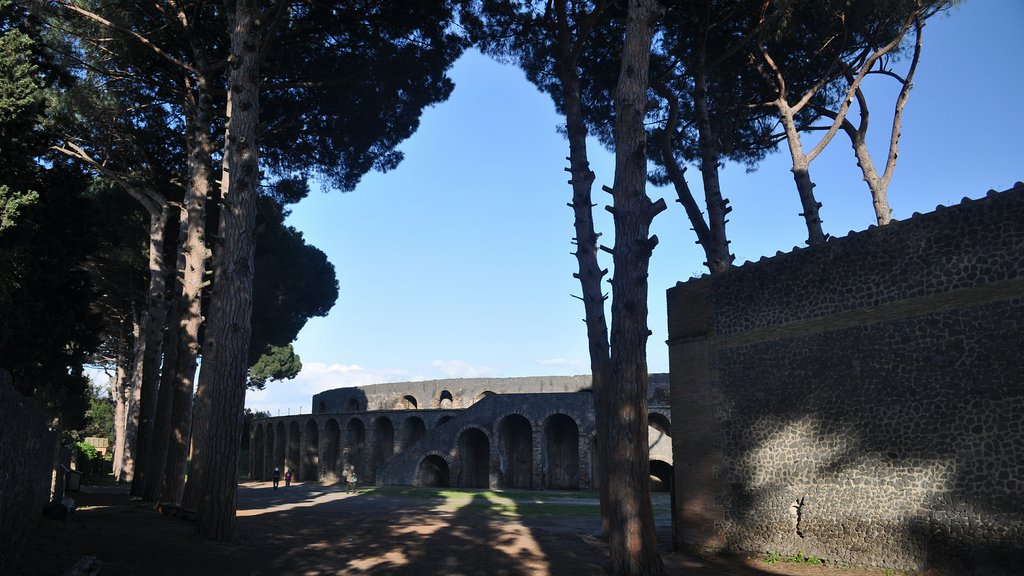
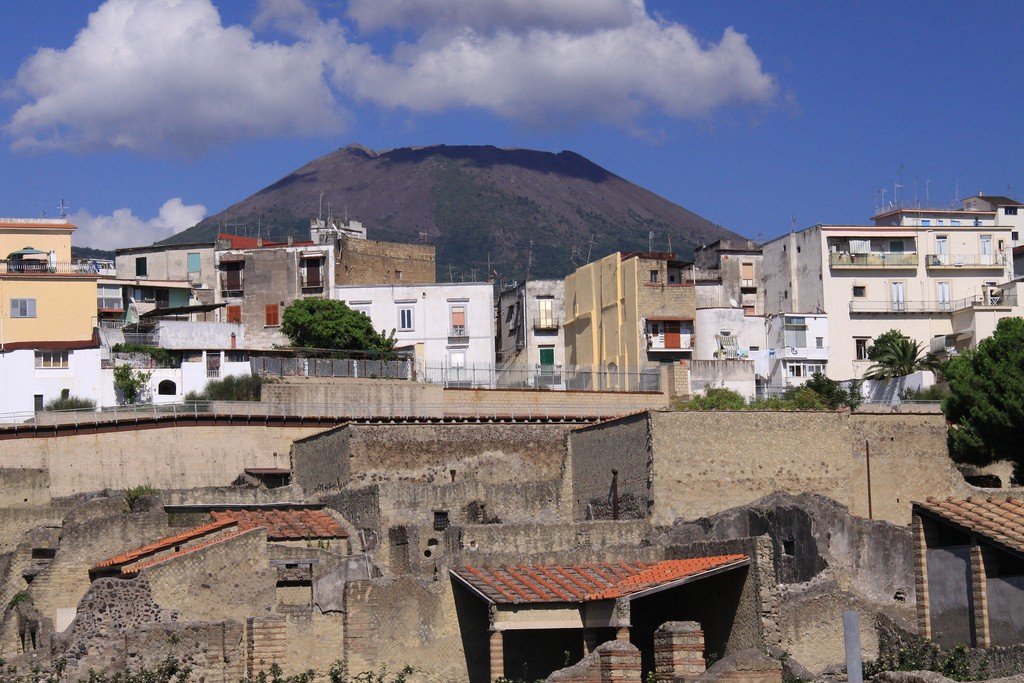
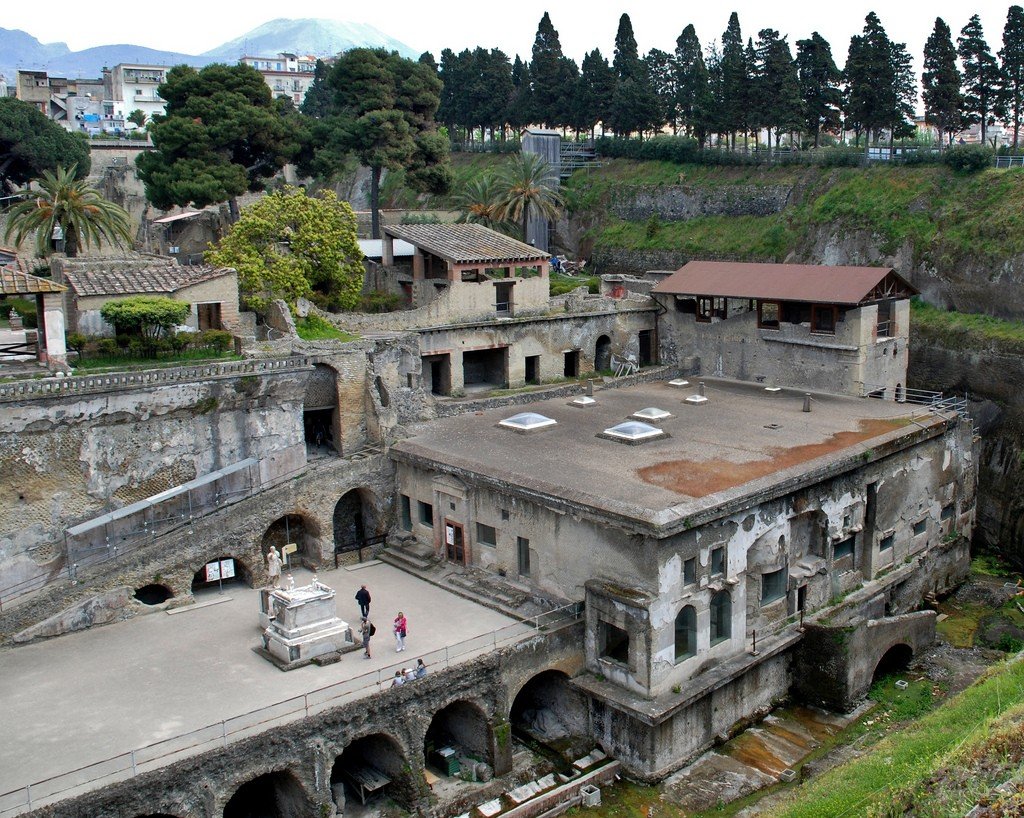
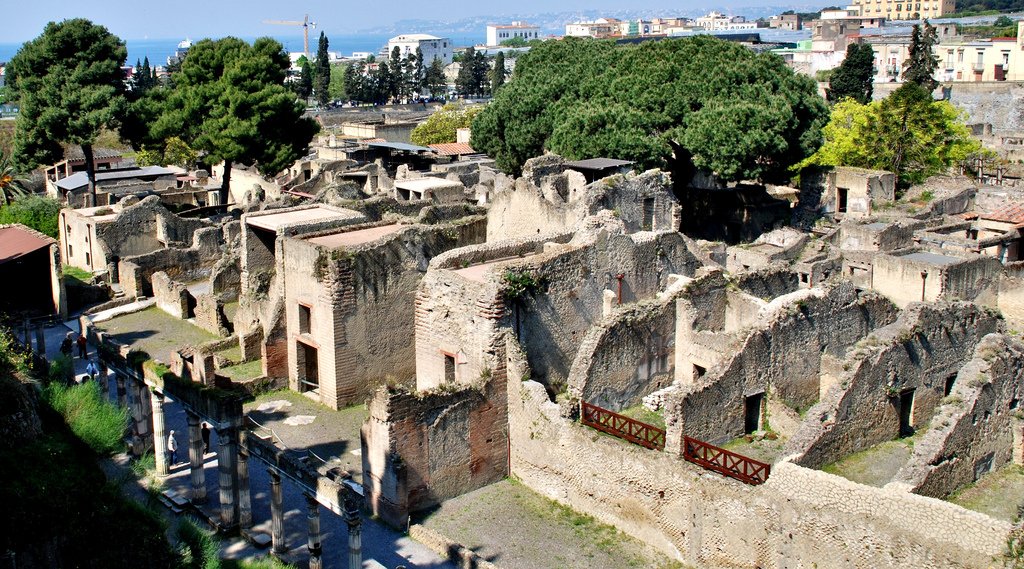
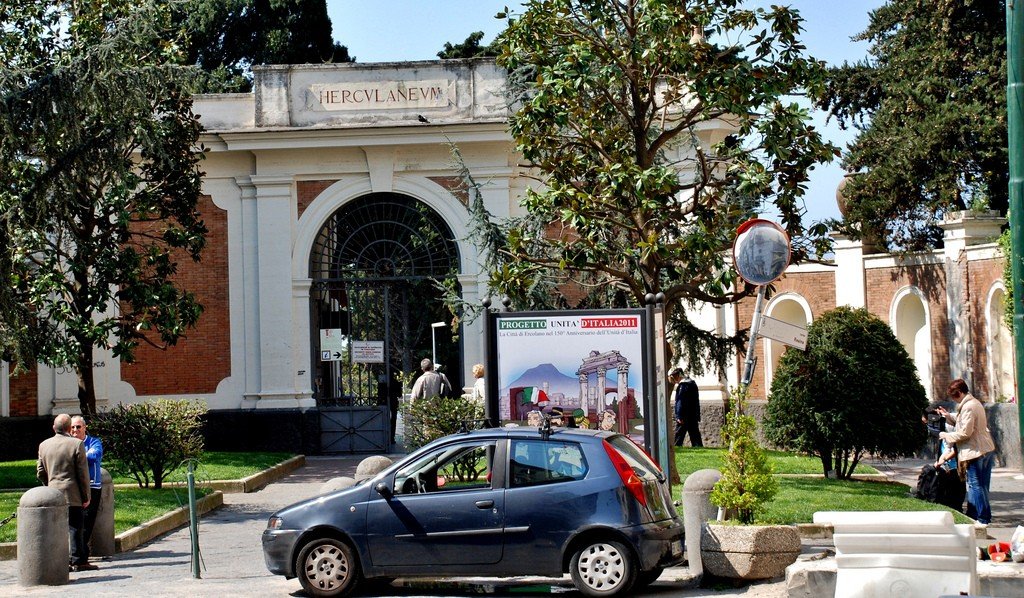
General Information
All indications are that Herculaneum was a fashionable resort for the Roman nobility. This is what made the city different from Pompeii: people came here to enjoy themselves or to be hired to work, to serve vacationers. Externally, everything here was very luxurious, although, for example, many of the columns here are made of brick and then faced so that they are almost indistinguishable from the marble columns in Pompeii.
.Tourists can examine the baths, whose shape proves that there is no point in changing a good design that has been in use for 2,000 years; in the thermae, one of the first heaters to be immersed in water; a price list written on the wall; a poster listing a selection of wines; a shop with special ceramic pots fixed to the counters, in which food was constantly heated. The decoration of the stalls and houses used bright mosaics and frescoes, which emphasized the atmosphere of the holiday.
.
The murals and mosaics are often humorous and ambiguous, but many of the best artifacts found here are kept in other museums because they are considered overly “racy” or, as in many cases, may appear overtly pornographic to modern eyes. In the 1960s they were exhibited briefly in the Secret Museum of the National Museum of Naples, and in 2000 a permanent exhibition was organized, with a notice hanging at the entrance warning of the nature of the exhibits.
Buried City
Opening hours:Daily from 9:00 a.m.and one hour before sunset
.Ancient Herculaneum, excavated today by archaeologists only a third of the way to the surface, is located 11 km from Naples under the central part of the modern city of Ercolao (Ercolano, formerly Resina), which took the name of its ancient predecessor. The name of the city was probably given by the Greeks, who called it Heracleion; here in ancient times settled tribes of the Osca, then Samnites and Etruscans, and in 89 BC the Gulf of Naples, so the Roman patricians built summer residences here. In 63 AD Herculaneum was badly damaged by an earthquake. Restoration work was not yet over when during the eruption of Vesuvius in August 79, the city of about 5000 inhabitants was flooded with streams of stones, ash and boiling lava. The site of the ancient city has been under constant archaeological excavation since 1927. The discovered finds, among them – charred, but quite readable papyrus scrolls from someone’s library are considered valuable exhibits of the National Archaeological Museum in Naples.
.You get your first impression of the city in ruins as soon as you enter its territory. The ancient city is crossed by three main streets called Cardo III, IV, V (north-south oriented streets), which are intersected by two transverse streets, Decumanus maximus and Decumanus inferiore (east-west oriented streets).
The inn on Via Cardo III may have originally belonged to a patrician, but then passed to other owners who, by the time of Vesuvius’ eruption, may have used it as an inn or multi-family house.
.On the southern section of Cardo IV is the spacious Casa dell’Atrio a Mosaico, whose atrium floor is lined with black and white mosaic tiles.
.On the opposite side is Casa a Graticcio. Its woven branch lattice frames were once filled with a mixture of clay, pebbles and lime.
.The neighboring Wooden Partition House is the best-preserved residential house. An elaborate wooden partition (hence the name of the house) separated the atrium from the dining and reception rooms. Beds and a wooden chest have been preserved in the sleeping quarters. Frescoes and fragments of mosaics date back to the middle of the first century A.D. The nearby Samnitica House (Casa Sannitica) dates back to pre-Roman times (2nd century B.C.). In the center of the house is a large atrium..On the opposite side of the street are the houses built ca. 10 BC thermae – with a larger male but better preserved female half. The well-defined rooms have beautiful floor mosaics and wall paintings.
The house opposite the thermae, which stands at the intersection of Decumanus Inferioti and Cardo III, is famous for the bust of Emperor Galba found there.
.At the northern end of Cardo III is the sanctuary of Sakello degli Augustali. The square in plan structure was built in honor of Hercules, the patron saint of the city, and later used to venerate Emperor Augustus. Light enters through a hole in the ceiling and some frescoes have been preserved. On Cardo IV behind the Samnite House is the House of Charred Furniture (Casa del Mobilio Carbonizzato) and then the House of Neptune and Amphitrite (Casa del Mosaico di Nettuno e Anfitrite), to which the wine shop adjoins, with well-preserved wooden shelves and amphorae in which the wine was kept. In the courtyard, a mosaic with images of Neptune and Amfitrite, which gave the house its name, is preserved on the wall.
.On Via Decumanus Maximus stands the Casa del Bi-centenario (House of the Bicentenary), which has mosaics as well as a crucifix, perhaps the earliest evidence of the spread of Christianity. The house is so named because its excavations were completed in 1938, exactly 200 years after they began..
On Cardo V on the left side is the bakery (Pistrinum) with its oven, millstones and amphorae and its shop, while to the south on the other side of the street stands the House of the Deer (Casa Cervi), one of the most beautiful houses of Herculaneum. From its terrace you can enjoy the view of the bay, and inside you can enjoy the frescoes and other works of art. The original sculptural group, a deer being chased by dogs, is today preserved in the National Museum in Naples.
.At the end of Cardo V are the House of the Jewel (Casa di Gemma), its atrium painted with red-and-black frescoes, and the House with a relief of Telephus, son of Hercules (Casa di Rilievo Telefo), one of the largest and richest houses in Herculaneum. In the atrium with two rows of columns is a marble pool, to which the underground thermae adjoin on the southeast side.
.
To the east of the city is the Palaestra, a gymnasium where athletic competitions also took place.
.The Villa dei Papiri (Villa of the Papyri) and the theater are located outside the city. Currently, the entrance to these buildings is closed.
